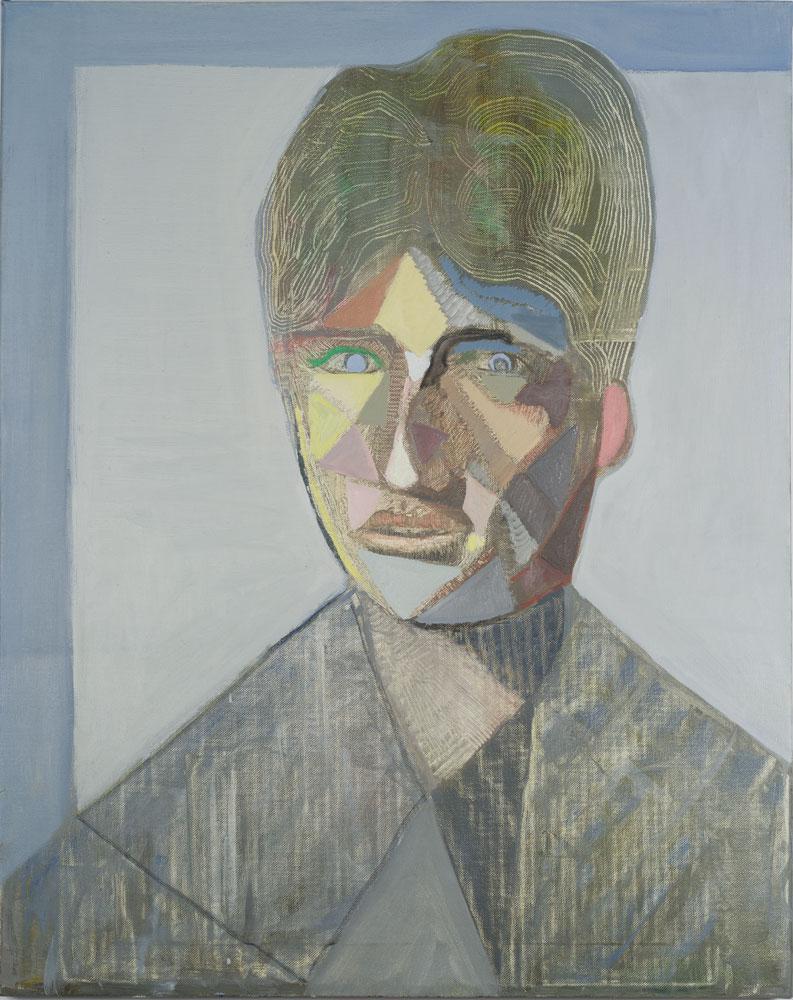London, Ontario–based artist Sky Glabush is a bit of a dark horse on the contemporary Canadian scene. Unlike many of his peers, his style is difficult to describe, he is content to work regionally, and his engagement with the material aspects of his practice is rigorous—a throwback to high Modernist experiments with form and meaning-making.
Glabush attained commercial success early on in his career, while he was a student doing abstract work at the University of Saskatchewan. A residency in the Netherlands followed, then a move to Edmonton to complete an MFA, and finally a relocation to London, where he currently teaches at Western University. This itinerancy was mirrored in his art; although largely focused on architecture, Glabush’s painting was restless for some time. In 2007, it finally appeared to settle down with the beginning of a series entitled Renting, which consisted of large-format realist paintings of mid-century houses in London.
Glabush’s success with this series was considerable, but he pushed away from it, adopting a multimedia, installation-based approach for his next body of work. This newer body of work, exhibited at Toronto’s MKG127 in 2011, was biographical, centring on his hippie parents’ struggles with alcohol addiction, and in particular on his father’s conversion to Methodism and then Baha’i. For subsequent work, Glabush completely disavowed painting, focusing instead on crude action sculpture and found objects.
The past year has seen a return to painting for Glabush, with works that take the form of gestural records: he tries to finish them in his studio in a day, and if he is not satisfied, he clears his canvas and begins again, often with traces of previous experiments still visible.
This selection of images, related to a feature article in our upcoming Spring 2013 issue by David Balzer, indicates the breadth and energy of Glabush’s career—and reveals some startling similarities across superficially disparate works. Click on the Photos icon above to have a look, and watch for the issue on newsstands starting March 15.









